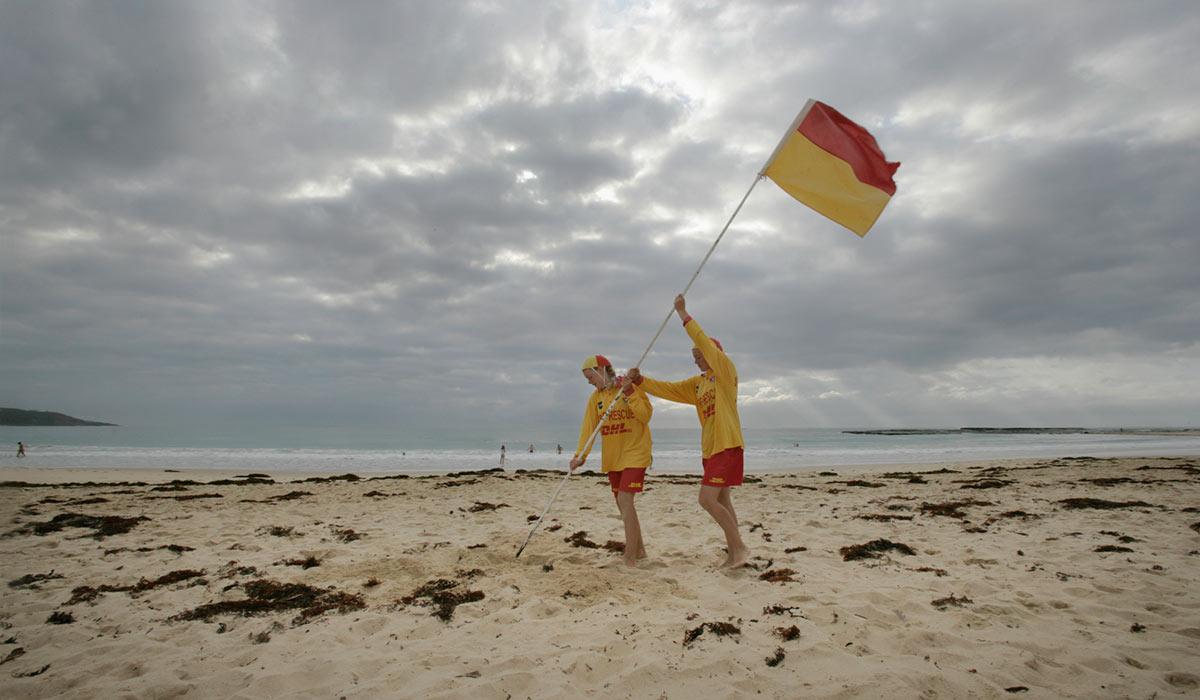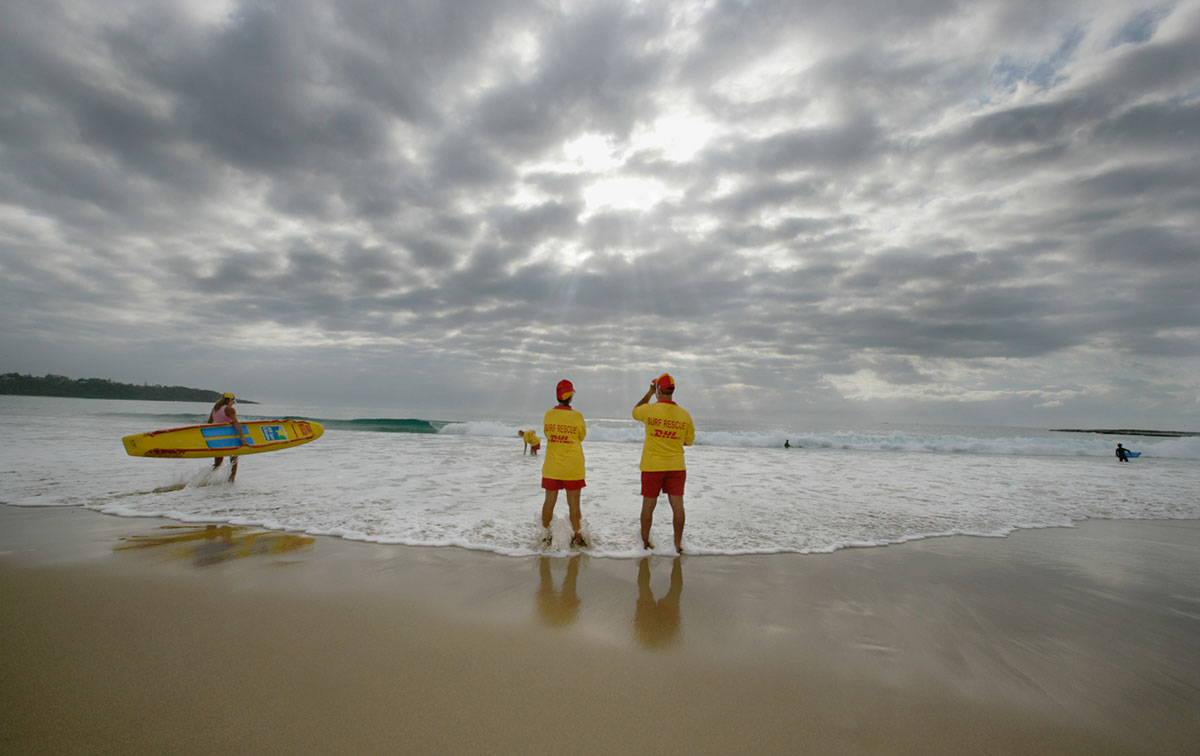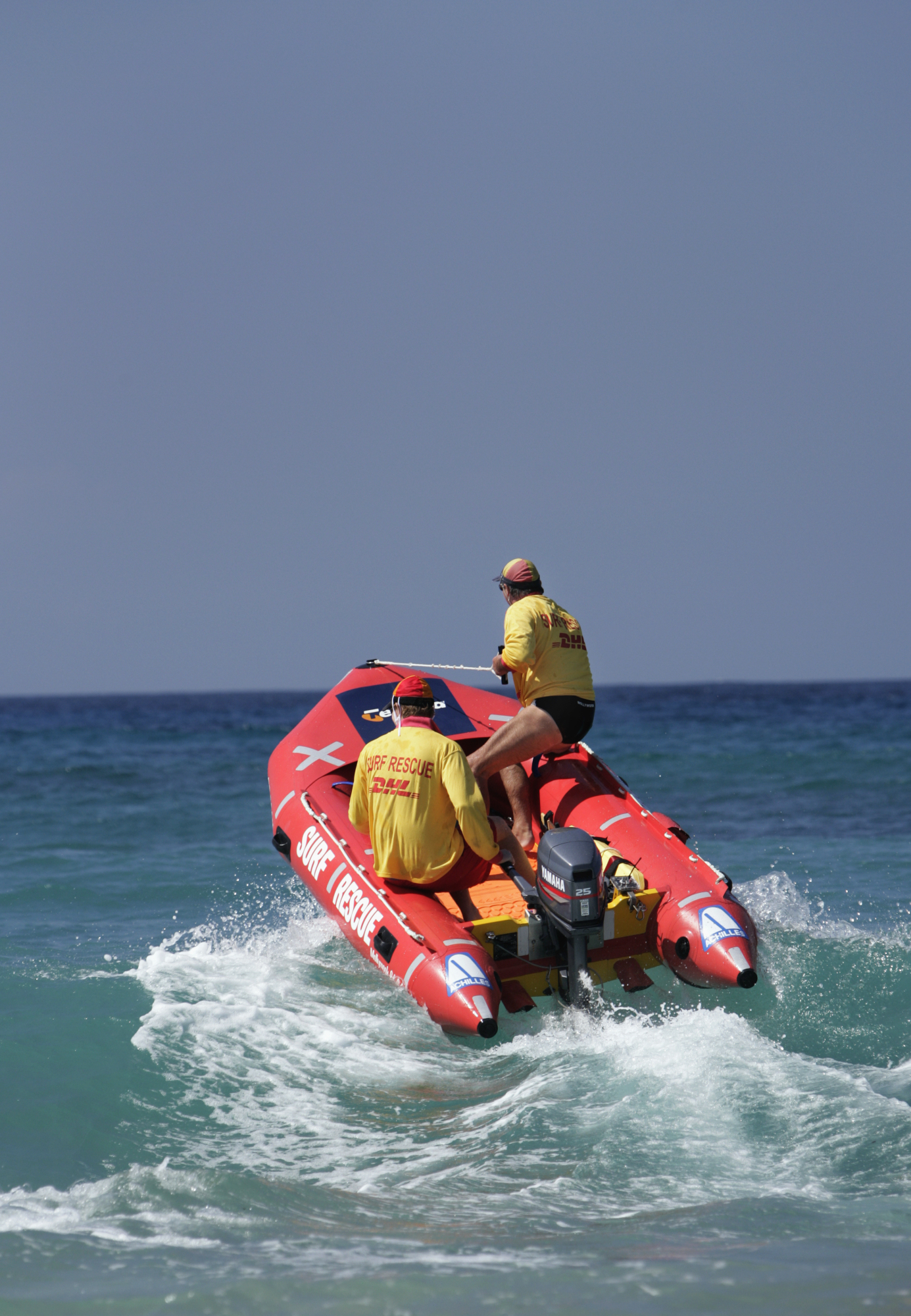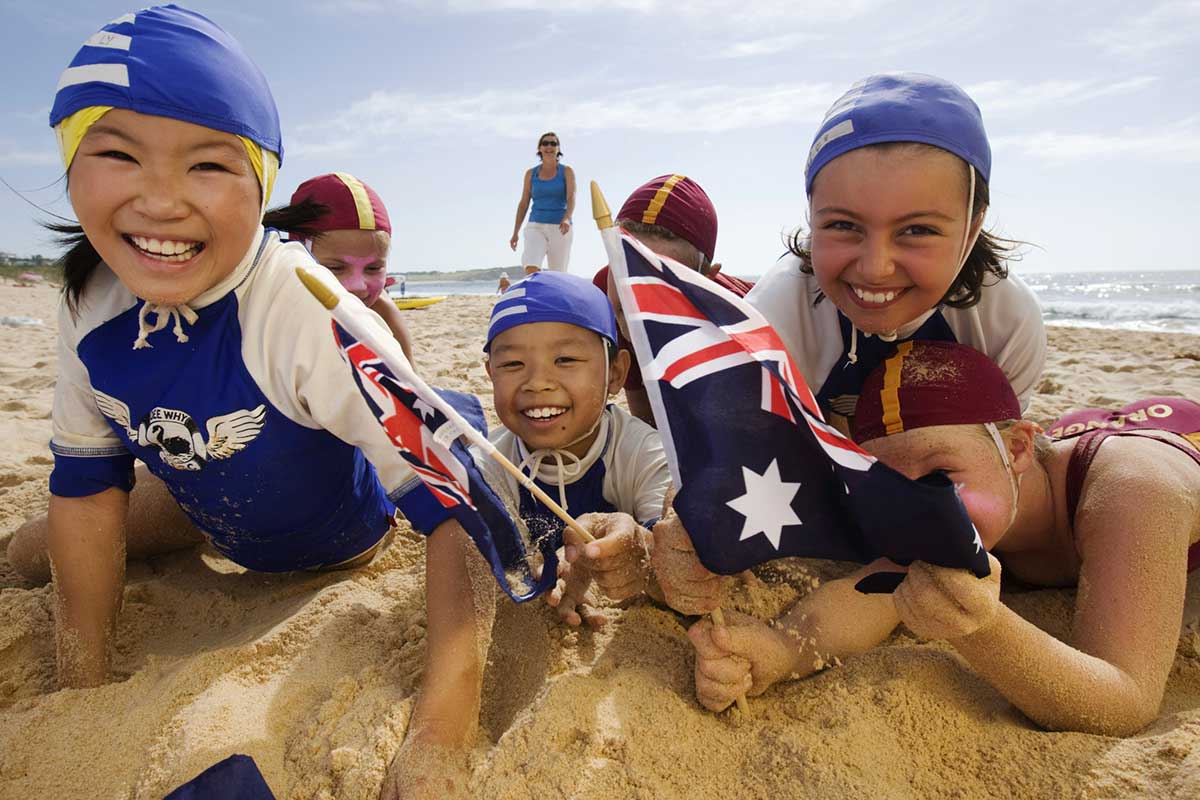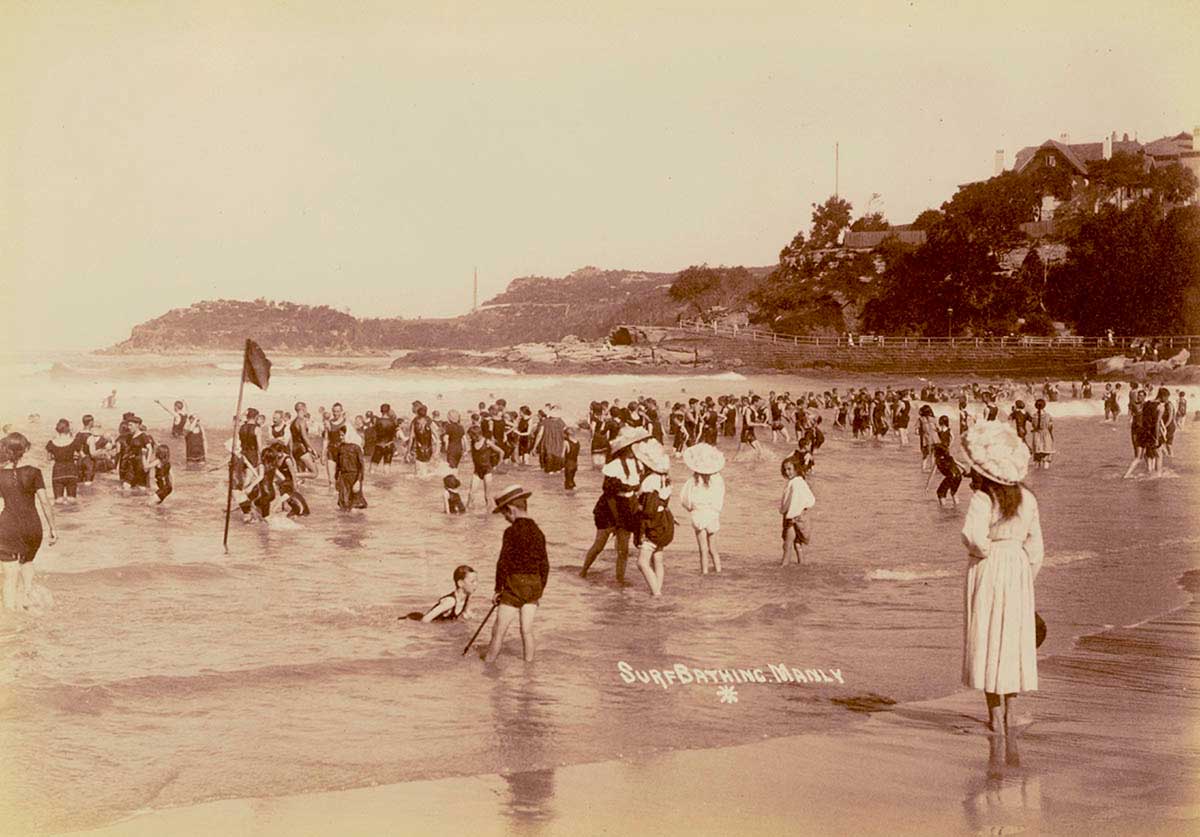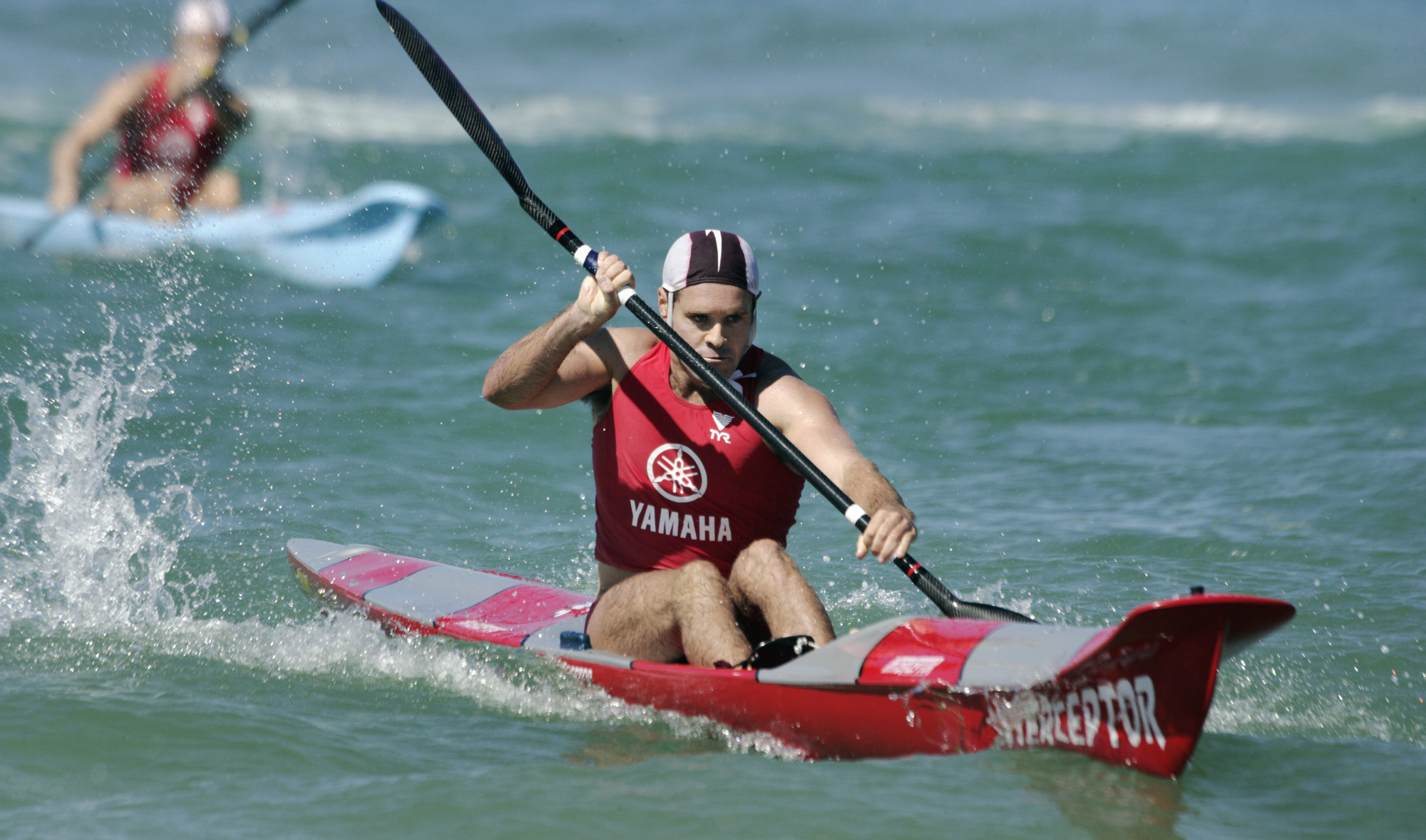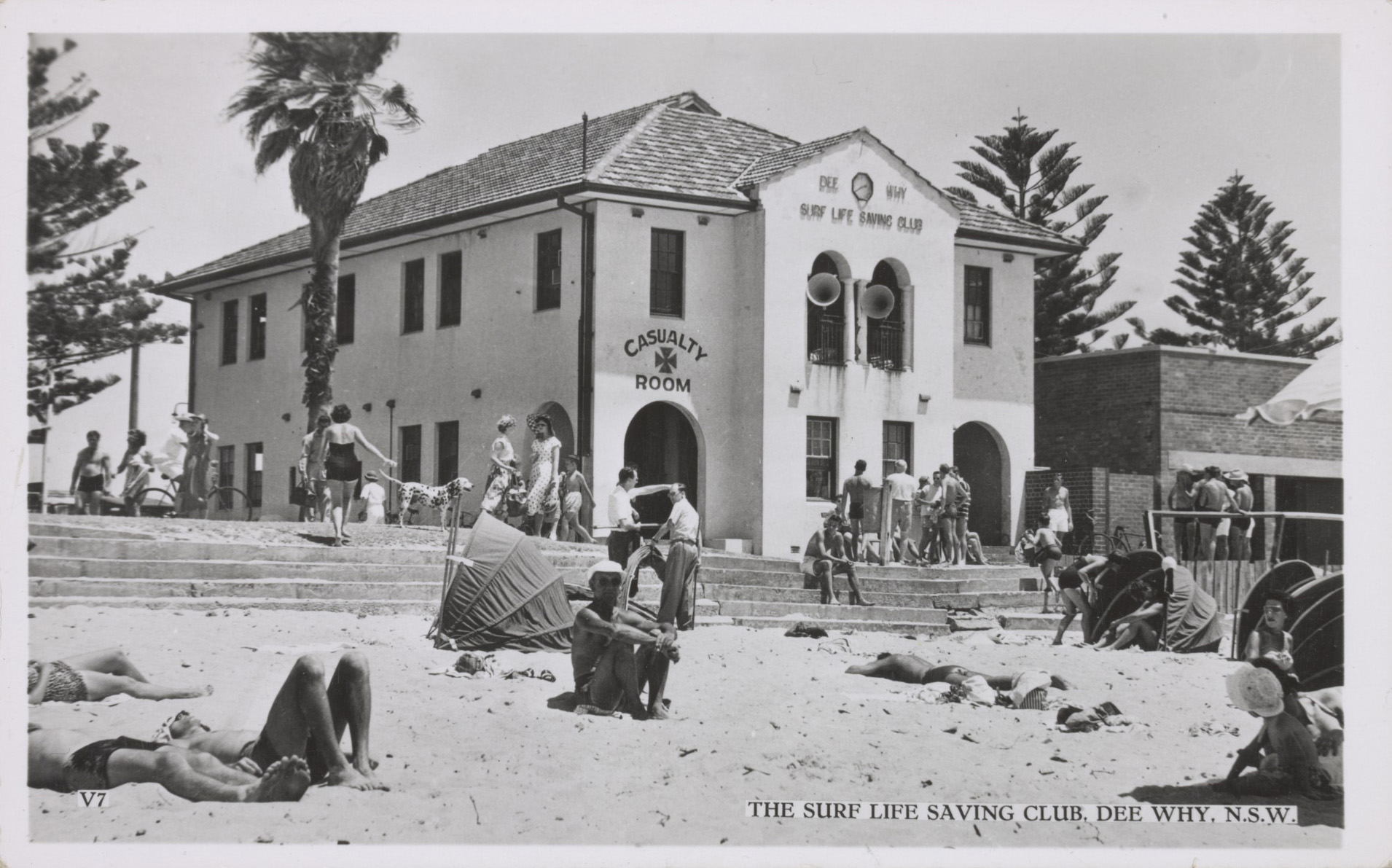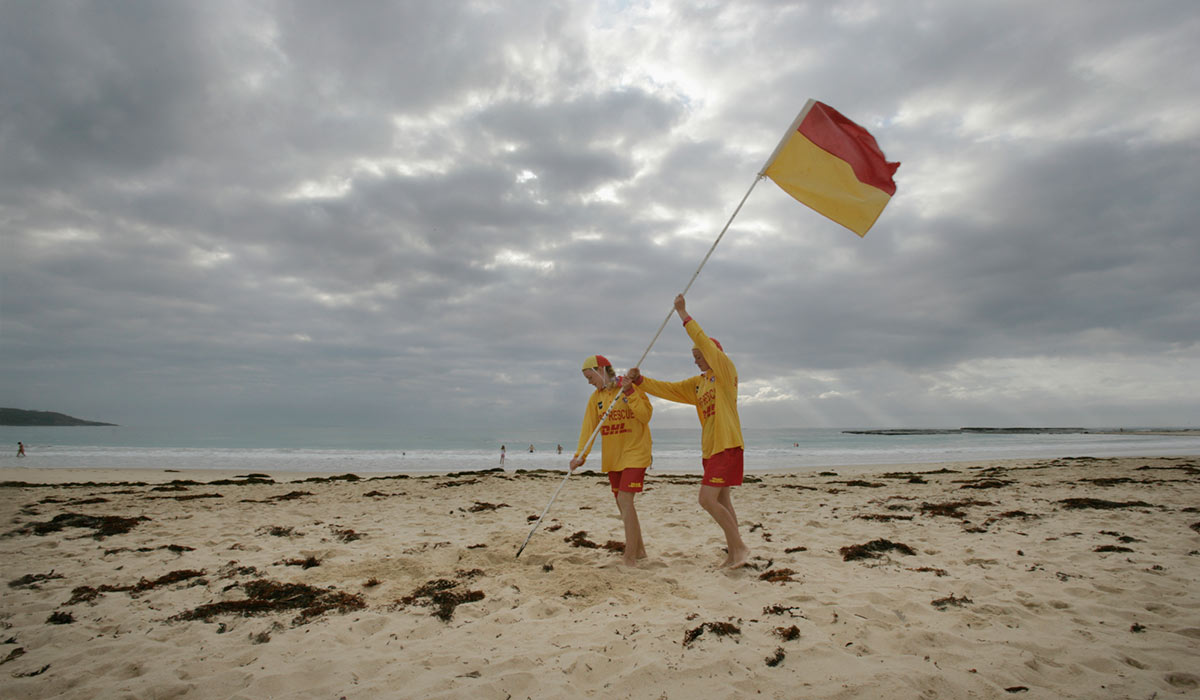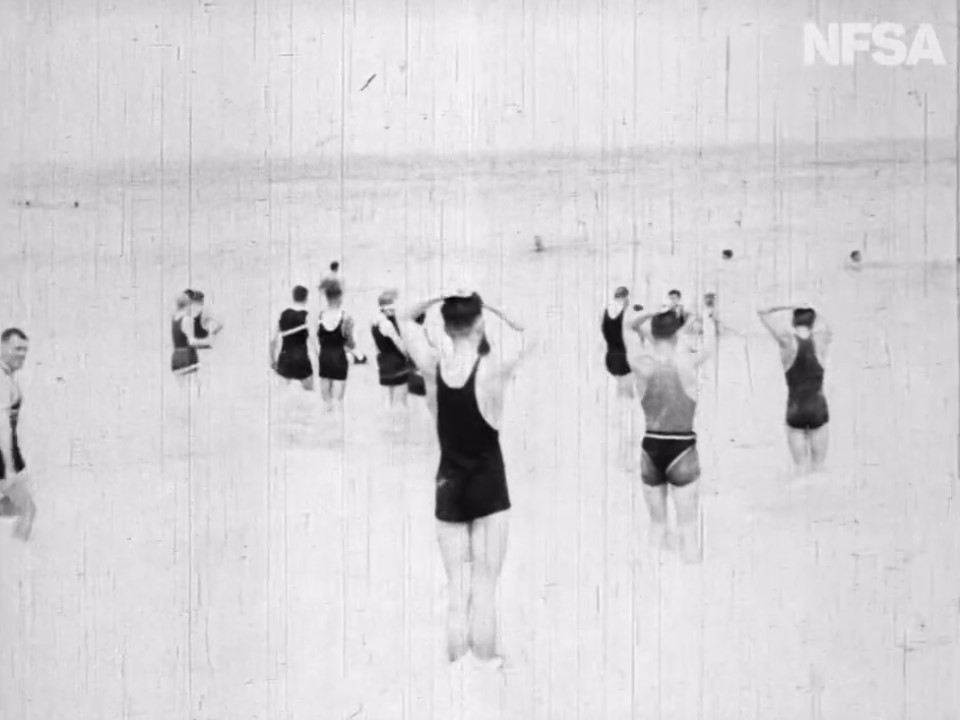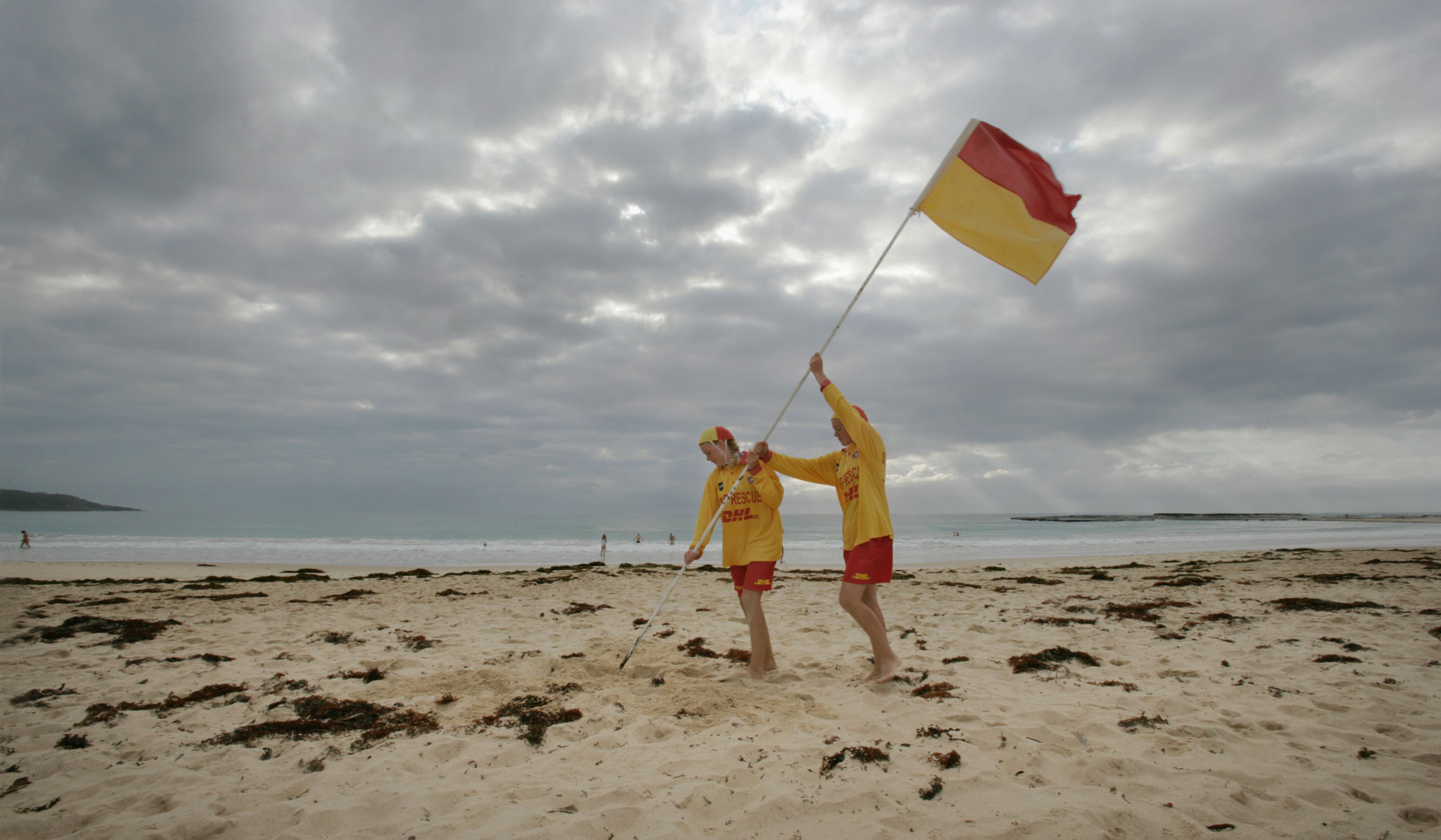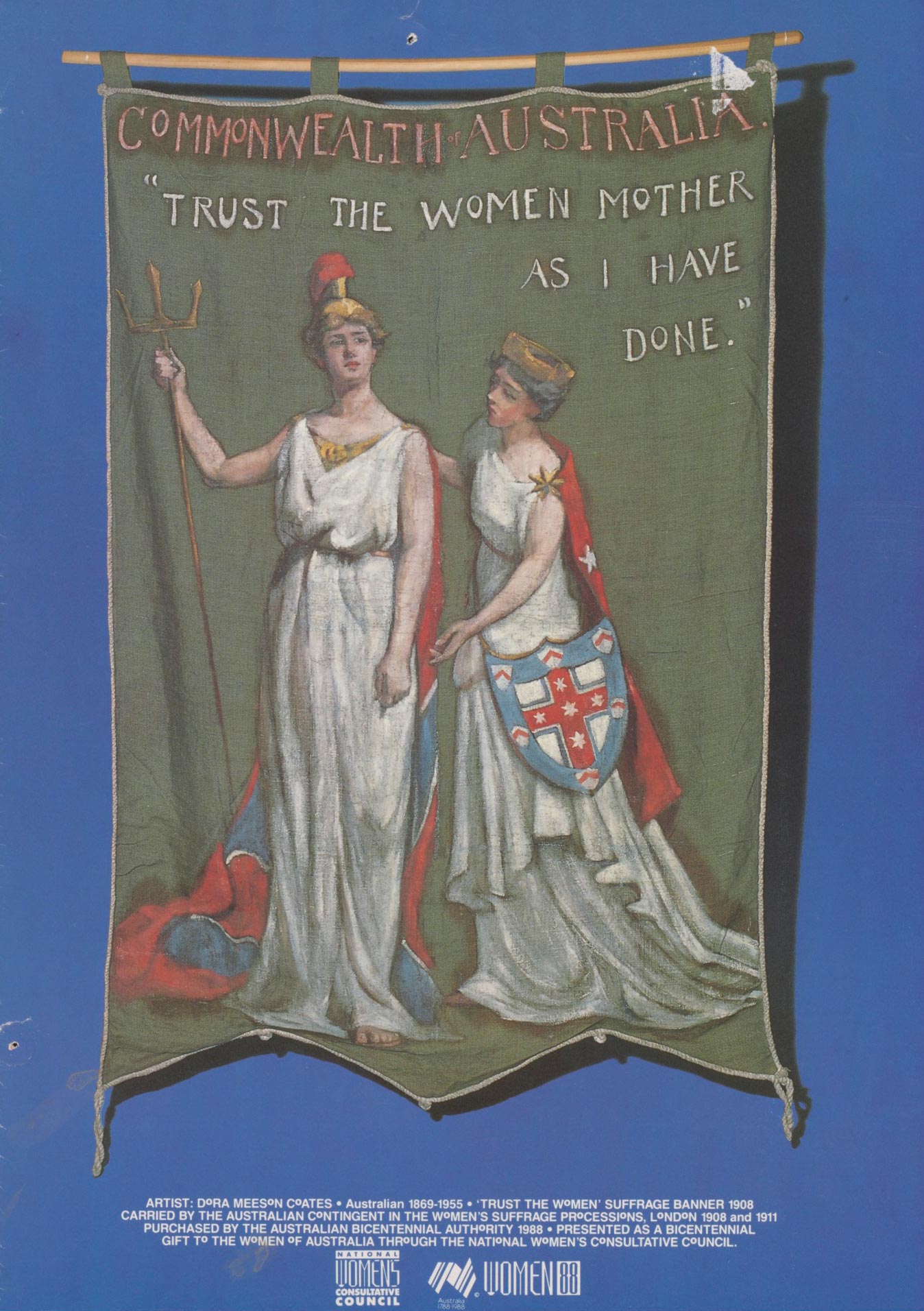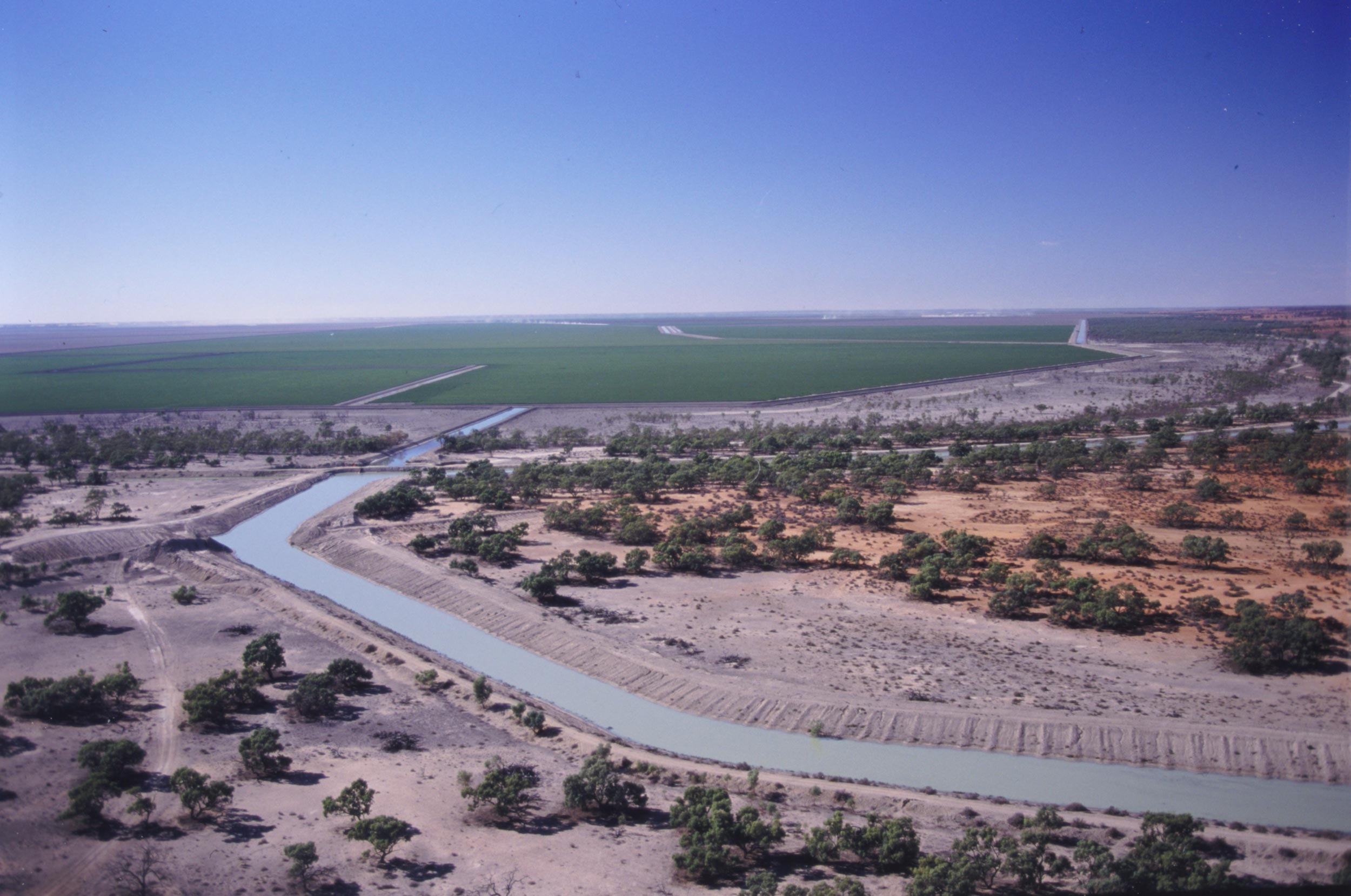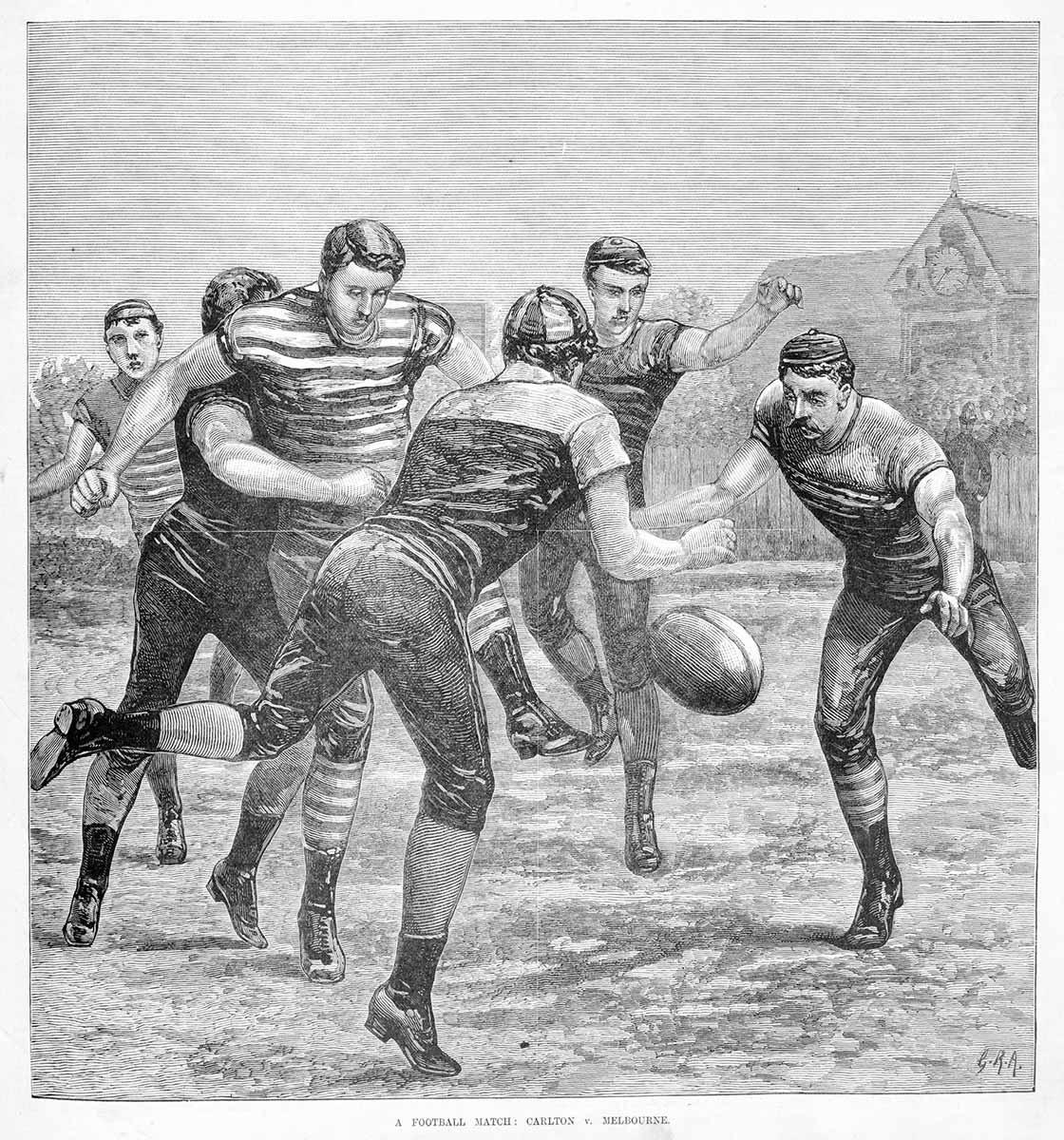‘Envied by all the men, adored by all the women’
1907: Australia’s first lifesaving club founded at Bondi, Sydney
‘Envied by all the men, adored by all the women’
1907: Australia’s first lifesaving club founded at Bondi, Sydney
In a snapshot
The first surf lifesaving club was founded at Bondi in February 1907. Several others were set up soon after. On 18 October 1907 these clubs formed the Surf Bathing Association of New South Wales. Surf lifesaving clubs soon spread around the country, and the surf lifesavers became an Australian icon. Since 1907, it is estimated that lifesavers have rescued more than 700,000 people.

 Can you find out?
Can you find out?
1. Why was it illegal to swim on Sydney beaches during the main part of the day in the 1800s?
2. What changed in the early 1900s and why did this lead to the formation of the first surf lifesaving club?
3. How has surf lifesaving changed since it began in 1907?
What were early attitudes to swimming?
The Australian coastline stretches for more than 36,000 kilometres. Aboriginal people used Australian beaches as a source of food and enjoyment, but the first British settlers were not very interested in ocean swimming. They saw the ocean as a reminder of the long and dangerous voyage that separated them from home.
Throughout the 1800s it was illegal to swim at Sydney beaches during the day. This was because people believed it was wrong to be seen in little or no clothing in public spaces. People could swim only in the early morning and late evening, and men and women could never bathe together. These rules meant that there was no need for surf lifesaving clubs.
Research task
In 1938 an event now known as Black Saturday took place at Bondi Beach. Find out what happened on Black Saturday and what role surf lifesavers played.
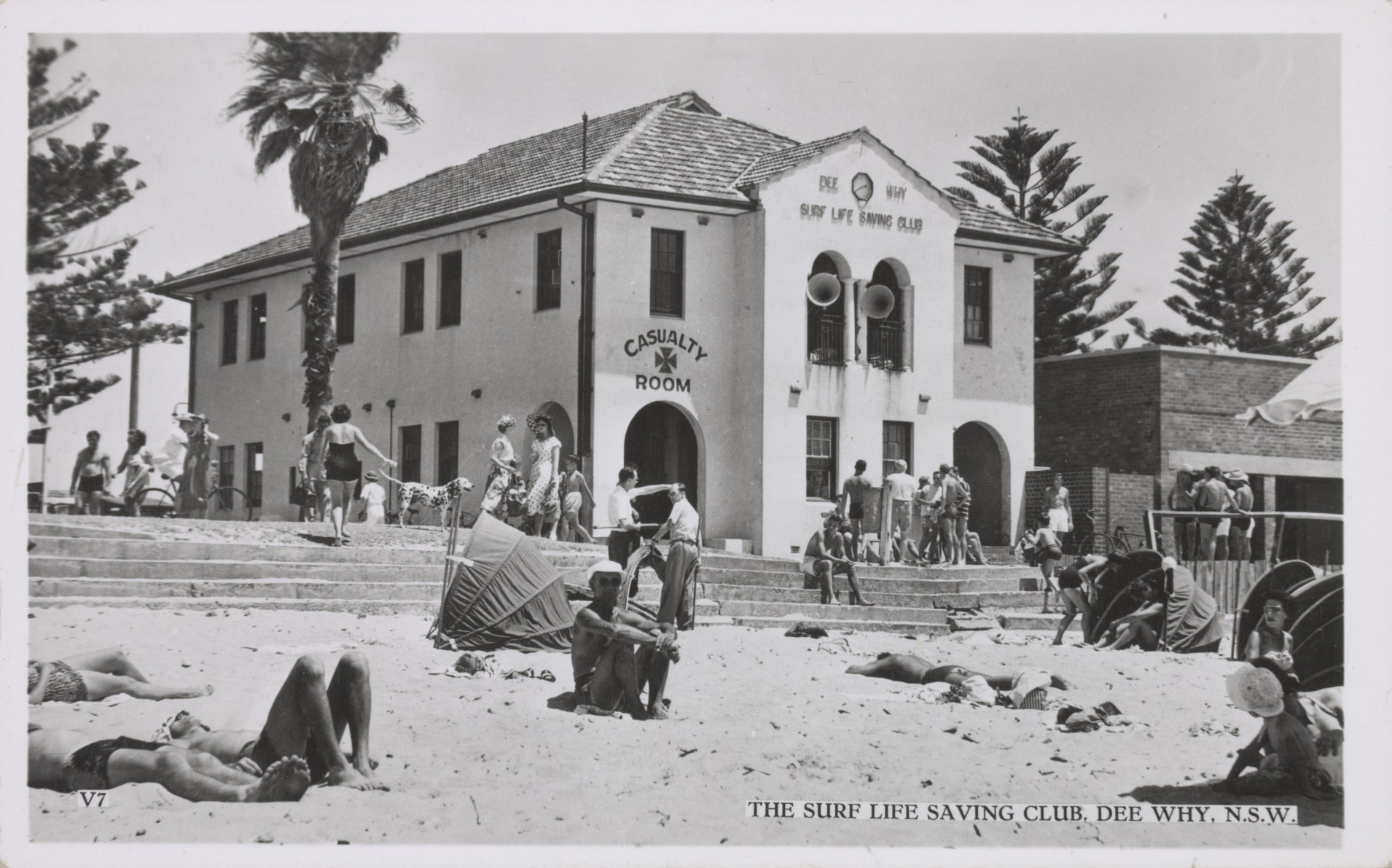
How did an Australian beach culture begin?
As Australian cities grew and became more crowded and polluted, doctors suggested that sea air and salt water could help make people’s health better. Seaside resorts were built around the country and by the early 1900s Australians were embracing the joys of the beach.
At the same time people began to protest against Sydney’s daytime swimming ban. It is believed that in 1902 the artist William Gocher swam at Sydney’s Manly Beach at noon in protest against the law. Gocher was arrested but not charged. Similar protests happened at other beaches, but police usually did not arrest bathers as long as they were wearing swimming costumes. The Manly by-law was repealed in November 1903.
In the early 1900s better public transport made it easier for people to get to beaches. Also fewer working hours meant people had more leisure time. Anyone with money for a train fare could spend the day at Bondi, Redcliffe, Glenelg, or Cottesloe beaches. Spending a day at the beach became a popular thing to do.
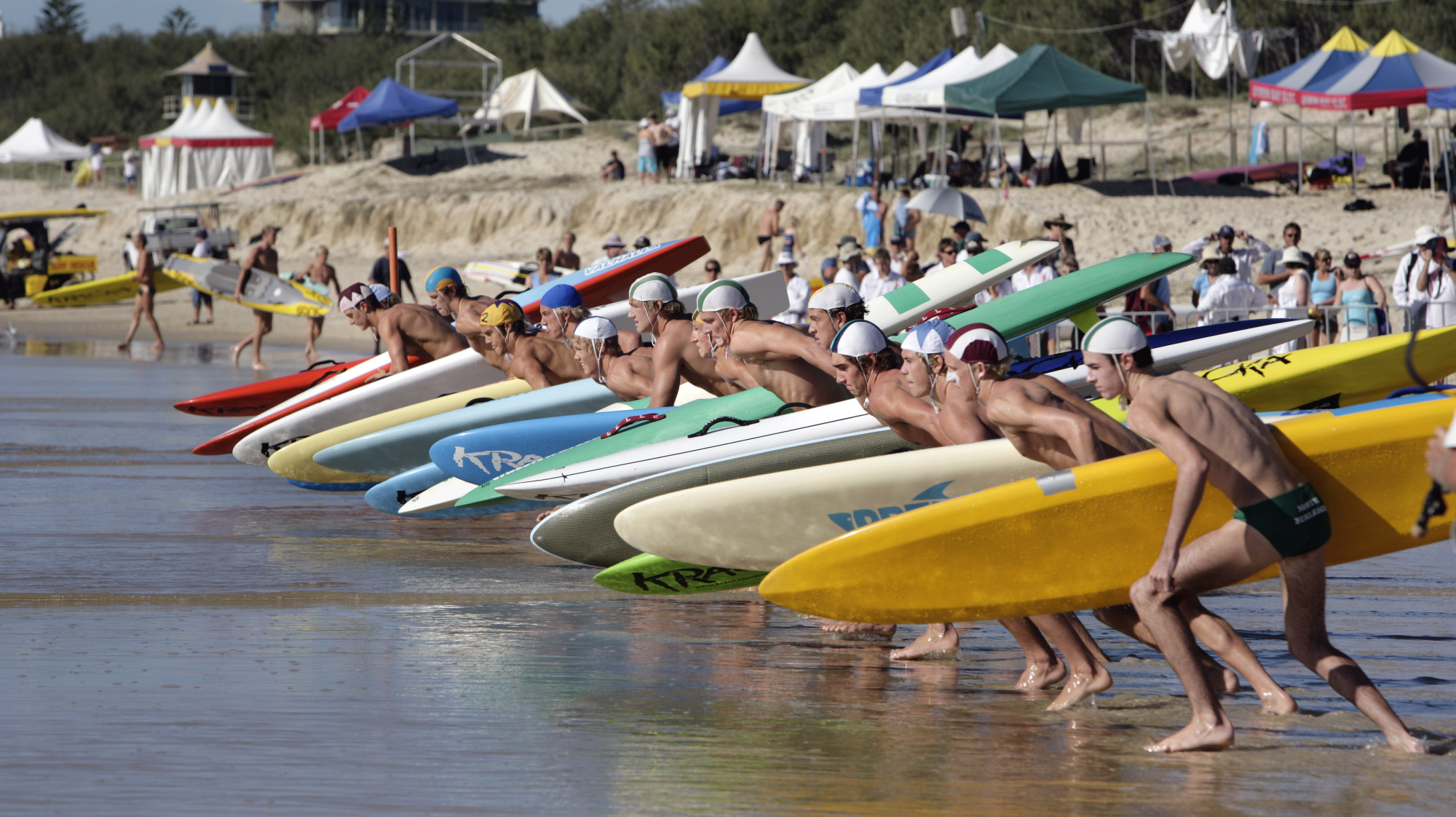
Why were surf lifesaving clubs needed?
As the number of beachgoers entering the surf grew, so did the number of drownings and attempted rescues. Partly this was because many bathers simply couldn’t swim.
The first surf lifesaving club was founded at Bondi in February 1907, and several others soon followed. On 18 October 1907 representatives from Sydney surf lifesaving clubs met to form the Surf Bathing Association of New South Wales (now known as Surf Life Saving Australia). Its purpose was to save lives and promote beach sports. Surf lifesaving clubs soon opened all around the country.
Research task
Look closely at the Manly Beach photo at the top of the page.
(a) How are the men and boys dressed?
(b) How are the women and girls dressed?
(c) What are most people in the photograph not doing? Does this surprise you?
Is surf lifesaving a sport?
Surf lifesavers help to keep our beaches safe, but many also join surf lifesaving clubs for social and sporting reasons. In the 1920s and 1930s tens of thousands of people attended surf lifesaving sporting carnivals and competitions to see lifesavers test their skills in races in the water and on the sand. Since the 1960s surf lifesavers have competed in ironman (and later ironwoman) events.
‘The lifesavers represent the very highest class. They are the Samurais, the oligarchs, the elite. They strut the beaches with superiority that is insolent, yet at the same time, tolerant of the shortcomings of lesser breeds – a gladiator caste, envied by all the men, adored by all the women.’
The Lone Hand magazine, 1 January 1910

How has surf lifesaving changed over time?
New technologies have changed the way lives are saved on our beaches. In the early 1900s it took five people in a lifesaving boat to rescue a swimmer. Now one surf lifesaver with a rescue board can do the job. Helicopters and drones can also search for missing swimmers from the air.
Volunteer surf lifesavers patrol the beach on weekends and public holidays. Professional lifeguards are paid by local councils to patrol busier beaches. According to Surf Life Saving Australia, lifesavers rescued more than 8,000 people in 2023–24.
Because of their sporting skills and their role in protecting swimmers, surf lifesavers have become Australian icons. They have featured in a range of advertisements, promoted tourism and migration, and are seen as symbols of Australia alongside kangaroos and the Sydney Harbour Bridge.
Read a longer version of this Defining Moment on the National Museum of Australia’s website.
 What did you learn?
What did you learn?
1. Why was it illegal to swim on Sydney beaches during the main part of the day in the 1800s?
2. What changed in the early 1900s and why did this lead to the formation of the first surf lifesaving club?
3. How has surf lifesaving changed since it began in 1907?






